Poaching is the deadliest and most urgent threat to black rhinos. WWF is working with government agencies and partners in Namibia, Kenya, and South Africa to support law enforcement agencies, develop and build on innovative tech solutions, and equip and train rangers to stop poachers.
- In Namibia, WWF is leading a consortium of national NGOs to help implement the country’s ambitious law enforcement strategy to combat wildlife trafficking. WWF also supports the Namibian government in its effort to update its plan to grow black rhino populations, in part by moving rhinos from parks with significant populations to others that historically held rhinos but currently do not—a process known as translocation. We’re also taking other security measures to protect both black and white rhinos, such as DNA sampling.
- In Kenya, WWF works with rangers to stop poaching in high-risk areas. We help provide the proper training and technology to catch and deter poachers. WWF is also supporting the development of Kenya Wildlife Service’s forensic lab and a DNA database called RhoDIS, which will be used to analyze DNA in criminal investigations to connect a poached animal with horn being sold.
- In South Africa, WWF trains law enforcement agencies to address wildlife trafficking challenges. TRAFFIC, the world’s largest wildlife trade monitoring network, has played a vital role in bilateral law enforcement efforts between South Africa and Vietnam. This has gone hand-in-hand with written commitments to strengthen border and ports monitoring as well as information sharing in order to disrupt the illegal wildlife trade bring perpetrators to justice.
WWF supports annual aerial population surveys at key sites such as Etosha National Park in Namibia. The surveys are critical for evaluating breeding success, deterring poachers, and monitoring rhino mortality. WWF is also working with partners to develop and implement cutting-edge technologies in Namibia, South Africa, and Kenya to closely monitor key populations. When paired with boots on the ground, innovative solutions like electronic identification and tracking tags, radio collars, drones, and camera traps provide us with the data we need to make important decisions for black rhino populations going forward. We install new thermal and infrared camera and software systems that can identify poachers from afar and alert park rangers of their presence.
Community support and engagement is a cornerstone of WWF’s work, particularly in Namibia. Hand-in-hand with our Namibia partners, we assist communities to set up conservancies and help to foster the knowledge, skills, and capacity required to successfully govern their conservancies and manage their wildlife resources. These communal lands are now home to Africa’s largest remaining free roaming black rhino population.
Community engagement will also play a role in South Africa, where we are looking to conserve black rhino through community governance, training, and identification of alternative livelihood opportunities.
Namibia was the first African country to incorporate protection of the environment into its constitution. In 1996, the new Namibian government granted communities the right to create conservancies - areas with defined borders and governance and management structures outside of parks - where communities have the right to manage their natural resources. With WWF’s long-term support, the government has reinforced this conservation philosophy by empowering its communities with rights to manage and benefit from the wildlife on their lands through efforts like community game guards, robust monitoring efforts, community engagement campaigns, partnerships between communities and private sector tourism partners, and translocation projects, which relocate wildlife species including rhinos into new habitats so that they have more space to breed.
These communal conservancies—working with the government, nonprofit organizations and others—have restored populations of lions, cheetahs, black rhinos, zebras and other native wildlife to the world’s richest dry land. Today, Namibia’s 86 conservancies cover nearly 65,000 square miles—around 20% of the country—and directly employ 300 support staff, more than 1,400 local tourism staff, and over 700 game guards.


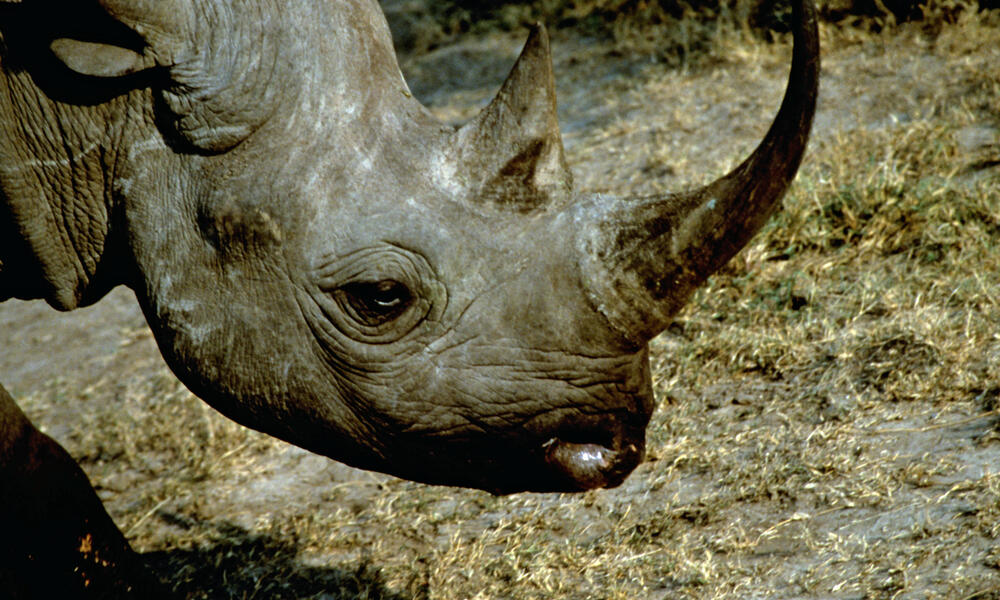
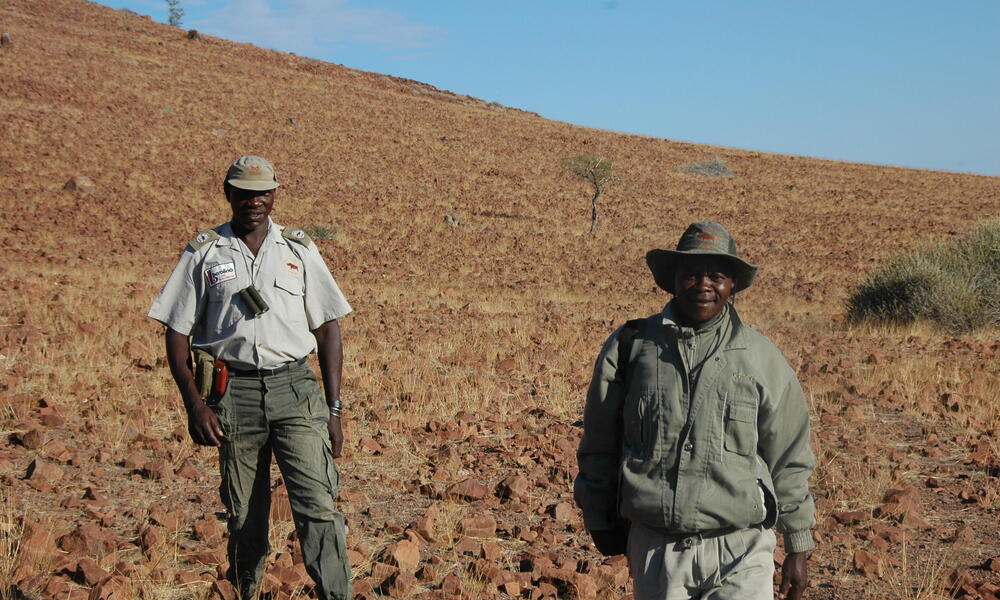

 Bas Huijbregts
African Species Director, Wildlife Conservation Program
Bas Huijbregts
African Species Director, Wildlife Conservation Program
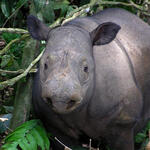 Sumatran Rhino
Sumatran Rhino
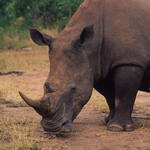 White Rhino
White Rhino
 Javan Rhino
Javan Rhino
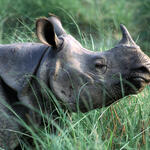 Greater One-Horned Rhino
Greater One-Horned Rhino
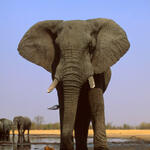 African savanna elephant
African savanna elephant
 Rhino
Rhino
 Sea Turtle
Sea Turtle
 African Wild Dog
African Wild Dog
 Whale Shark
Whale Shark
 Hawksbill Turtle
Hawksbill Turtle
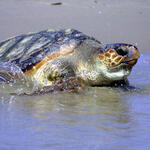 Loggerhead Turtle
Loggerhead Turtle
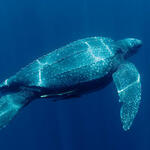 Leatherback Turtle
Leatherback Turtle
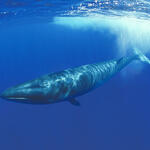 Sei Whale
Sei Whale
 Green Turtle
Green Turtle
 Dugong
Dugong
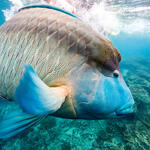 Humphead Wrasse
Humphead Wrasse
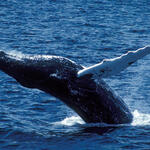 Whale
Whale
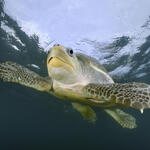 Olive Ridley Turtle
Olive Ridley Turtle
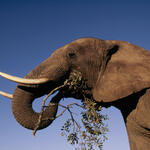 African Elephant
African Elephant
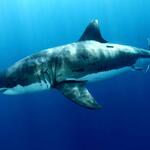 Great White Shark
Great White Shark
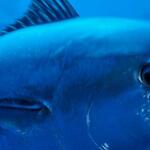 Tuna
Tuna
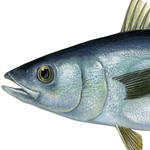 Albacore Tuna
Albacore Tuna
 Bigeye Tuna
Bigeye Tuna
 Skipjack Tuna
Skipjack Tuna
 Shark
Shark